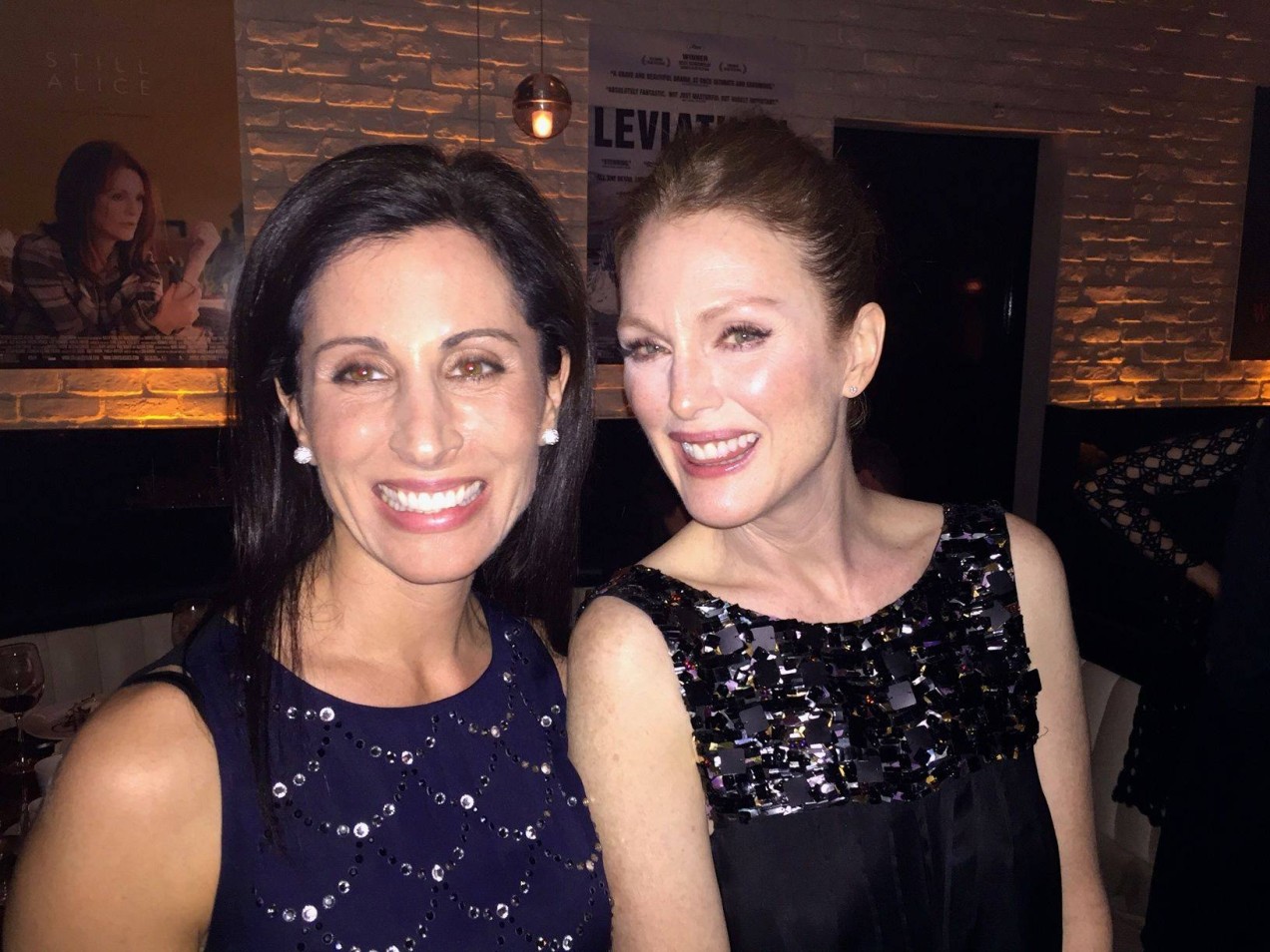Jessica Stafford was a typical second grade girl, looking forward to finishing another school year and diving into a summer of fun with her friends. After suffering severe headaches for a few weeks, she received news that would change her life.
The happy seven year old with the beautiful blue eyes and long brown hair was diagnosed with medulloblastoma, a rare, malignant tumor that occurs in the cerebellum, the part of the brain that controls coordination, memory, and equilibrium. Thus began Jessica’s battle with cancer.
Jessica, now 20, shares her story of survival in her narrative “My Side of the Story,” recently self-published through Archway Publishing. Her
story of endurance, from the diagnosis to dangerous surgery to radiation and chemotherapy treatments, includes diary entries that provide a glimpse into the life of a young cancer victim. Jessica recently attended Archway Publishing’s reception at BookExpo America in New York. She answered a few questions about her book her self-publishing journey.
What led you to write your book?
After surviving my battle with cancer I felt that I should share my story with others who might be experiencing similar situations. I also wanted to share with the world what God has done for me.
Who do you hope to reach with your book and what impact do you hope it will have on readers?
It is my hope that my story will reach out to people who are battling cancer or to those who have friends or family battling cancer. I believe my book will have a positive impact on those suffering from the disease or any other illness or difficult time in life. I believe my story will encourage and motivate others to be strong, have faith, and fight to overcome their battles in life.
What surprised you about self publishing and advice for other authors?
Self publishing has been a wonderful experience for me. I got to choose the layout and font styles for my book which was pretty exciting. The best part was designing the cover of my book. Archway publishing company was extremely helpful in every process of publication. They were all very helpful and walked me through each and every process and answered my questions when I had them.
The best part was designing the cover of my book. Archway publishing company was extremely helpful in every process of publication. They were all very helpful and walked me through each and every process and answered my questions when I had them.
To other aspiring authors I would just say: Go for it! I never thought that my book would be good enough to be published. Don’t think you’re not good enough to get your work out there. Give yourself a chance. It will be worth it.
Is there a personal story or experience about your book that you can share?
Publishing my book has been a wonderful experience. There is no greater feeling that having someone come up to you and say “Wow, you’re a published author?” or “I’m friends with a published author”.
I have to say that one of the greatest experiences I have had since publishing my book was going to the BEA in New York City. I got to go to NYC for the first time and it was amazing. I also got to meet some other authors at the expo, including my favorite author James Patterson. I got to talk with him and get my picture taken with him. That’s a moment I will never forget.
-AWP-

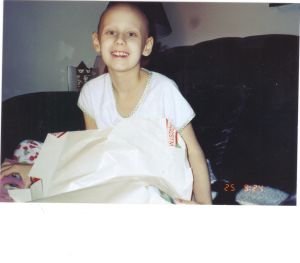
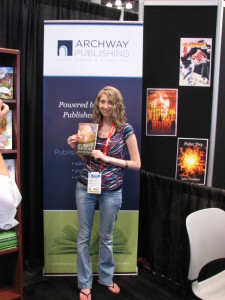


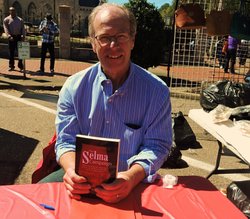



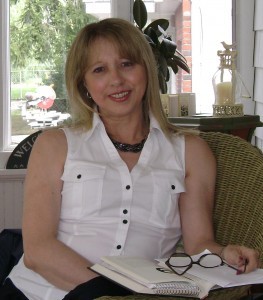
 ttention to the plot of your novel, or focus of your non-fiction work. You’ve edited, re-edited or enlisted the help of a professional editor to ensure that the text flow. But before you hit submit, it’s important that you review some of the less prominent, but equally important parts of your work.
ttention to the plot of your novel, or focus of your non-fiction work. You’ve edited, re-edited or enlisted the help of a professional editor to ensure that the text flow. But before you hit submit, it’s important that you review some of the less prominent, but equally important parts of your work.

